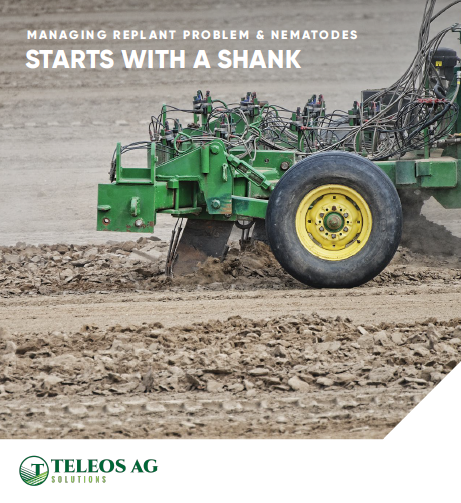Chill Fruit For Good Postharvest Management
As we head into the summer months, it is useful to remember the importance of maintaining the cold chain to retain the quality of harvested fruits. The cold chain begins as soon after harvest as possible. For some highly perishable crops, like berries, delays of more than one hour can result in reductions in marketable fruit. Fruits should be protected from sunlight after harvest and during transportation to the packing area.
Importance Of Temperature Management
Why should you go to the effort to maintain the cold chain after harvest? It’s good economics. Holding fruit at the lowest safe temperature reduces physiological changes, decay development, water loss and shriveling, and growth of harmful pathogens. Low temperatures generally maintain the fruit at a higher standard of quality.
Pre-Cooling
Pre-cooling should be practiced whenever feasible to rapidly remove the field heat from products. Hydro-cooling and forced-air cooling are the most common pre-cooling methods for fruit. However, when neither of these methods is available, room cooling should be used. The method of choice depends on the type of fruit and length of storage desired.
Tender fruit such as berries are often packed directly in the field and, therefore, forced-air cooling or room-cooling are generally the only options. Forced-air cooling is highly recommended for these fruit due to their high perishability. Hydro-cooling can increase decay susceptibility in some fruit, such as table grapes and strawberries, due to the difficulty of removing moisture after cooling. Hydro-cooling is frequently used for apples, peaches, nectarines, and cherries, and sometimes used for pears.
Forced-Air Cooling
Forced-air cooling can be accomplished with fruit in bins, field lugs, or packed cartons. The important factor is the ability to move the cold air past the fruit within their container. Container ventilation and sufficient fan capacity are critical, as is sufficient refrigeration capacity. Fruit should not be left on the forced-air cooler beyond the time required to cool to seven-eighths, as the final one-eighth of cooling can take a long time. Lengthy cooling may lead to excessive dehydration. Seven-eighths cooling is calculated by the following formula:
(Starting fruit temperature – cool room air temperature) x 0.875
Fruit temperature should be monitored in the warmest location on the forced-air tunnel during cooling — usually the inside location on the pallet furthest from the fan — to determine when it reaches seven eighths cooling. It is simple to design a small forced-air cooler to cool a couple of bins or half a dozen cartons at one time in a cold room. All that is needed is a fan mounted in a piece of plywood and a tarp (see reference #1 below).
Hydro-Cooling
During hydro-cooling, fruit are passed through a cold water bath or a shower of cold water. Movement of water past the surface of the fruit during hydro-cooling will speed the rate of cooling, and the colder the water, the faster the cooling.
Care should be taken with shower systems not to damage the fragile fruit. For sweet cherry, a screen should be installed in the shower system no higher than 8 inches above the fruit surface to break the fall of the water droplets and avoid pitting injury. Hydro-cooler water must also be sanitized to prevent the spread of pathogens. A range of water sanitizers can be used, including sodium hypochlorite (liquid chlorine), ozone, peroxyacedic acid, and chlorine dioxide. When sodium hypochlorite is used, care should be taken to avoid accumulation of sodium from excessive reuse of water before the hydro-cooler water is changed. Build up of sodium has been shown to damage the skin of apples and pears.
Cold Storage, Transportation, And Distribution
After pre-cooling, fruits should be stored at their optimum temperature to extend the storage life (see reference #4 below). It is important to recognize that some fruit are chilling sensitive. This means they are damaged by exposure to temperatures above the freezing point. Many tropical fruit should not be stored at temperatures lower than 50°F or 55°F. Subtropical fruit such as citrus should be stored at temperatures between 32°F and 50°F. These optimum temperatures should be maintained throughout transportation and distribution, except in cases where fruit are being held at warmer temperatures to enhance ripening.










